Many people buy their clothing from the multitude of discount and fast fashion clothing stores that have become the norm nowadays. But, after a visit to Chita, a city south of Nagoya, you will gain a new appreciation for the simplest of textiles – cotton. The craftsmen in the Chita area have specialized in producing and using cotton for the past 400 years.
Article Contents
The Not so Colorful History of White Cotton in Chita
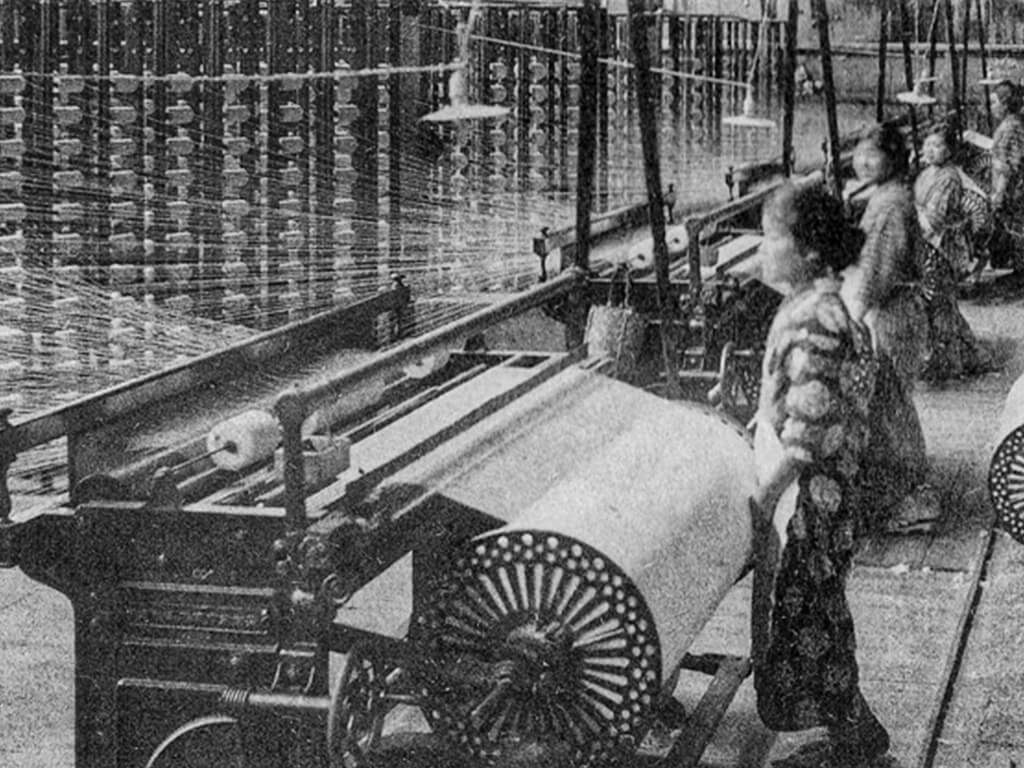
The cotton plant, a shrub native to China, arrived in what is now the Chita area through trade with Spain and Portugal around the end of the 15th century. This marks the start of cotton production in the region.
Initially, rice farmers produced cotton as a side business at the beginning of the Edo Period (1603-1868). However, it took until 1781 for Chita cotton to gain renown as one of the highest quality cotton textiles in the country, largely due to its pure white color.
During the Meiji period (1868-1912), Sakichi Toyoda researched and developed the weaving loom. Toyoda would later go on to become the founder of the Toyota Corporation, which is also located in Aichi Prefecture. After use of the weaving loom became widespread, cotton production became increasingly industrialized, and Chita developed into a prosperous production district of cotton products which quickly became known as being of the highest quality.
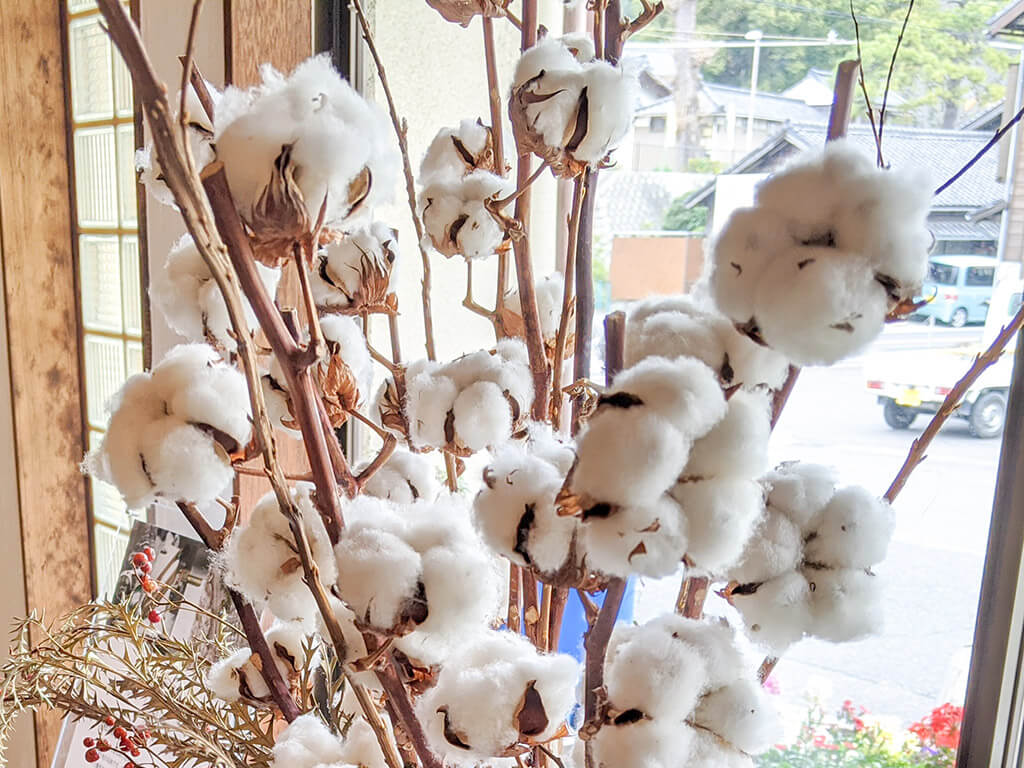
Today, Chita cotton is still produced using the standards, techniques, and equipment developed during the Meiji Period to ensure a quality of cotton not found elsewhere.
Okada Town- the Old Center of Chita Cotton Production
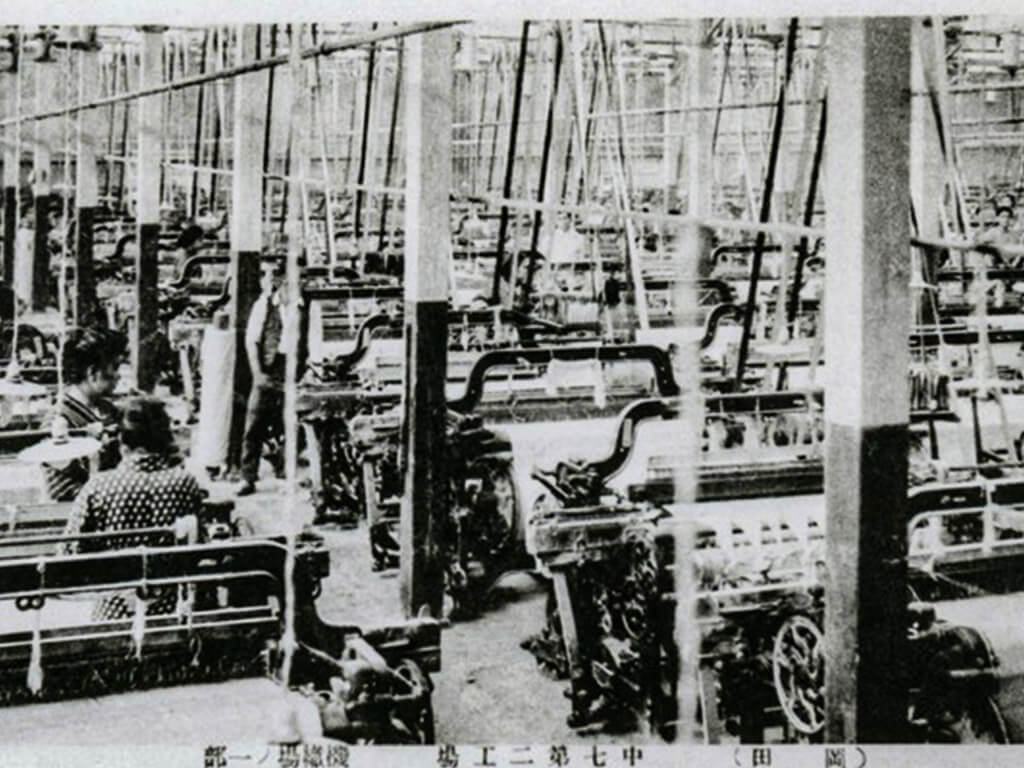
Okada town is one of the areas in Chita where cotton has been produced since the Edo Period. The narrow alleyways and old Edo-style wooden houses convey the rich history of Chita as a cotton fabric-producing area.
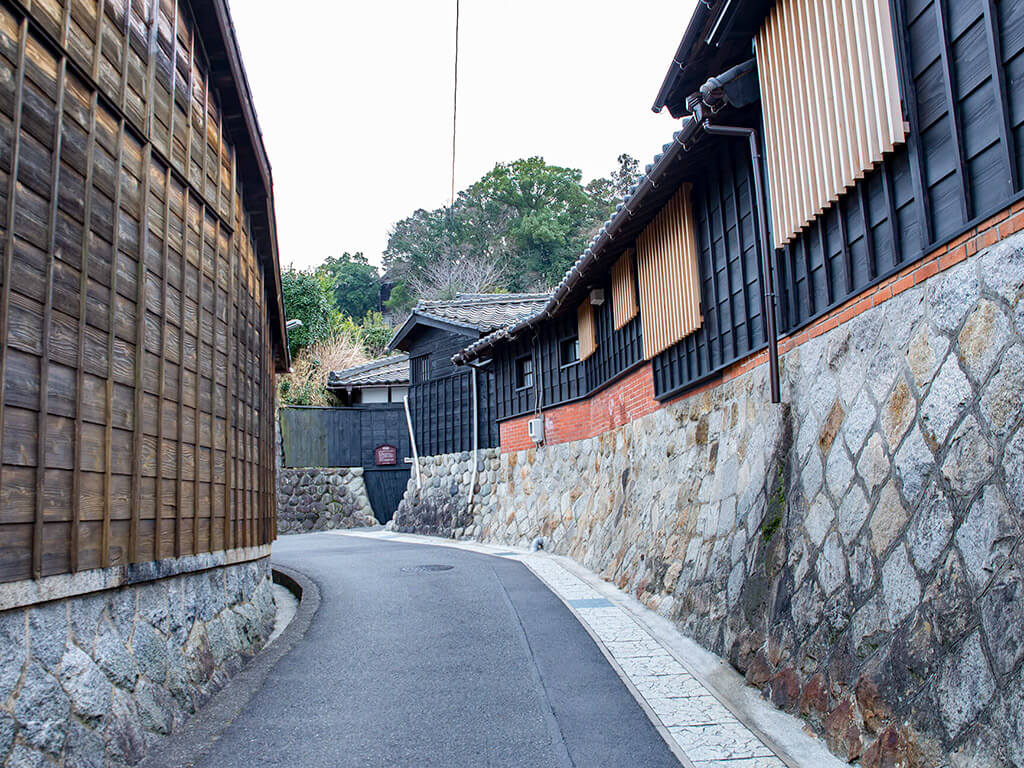
Along the winding streets, you will stumble across many historical places such as Jiun-ji Temple, Okada Shinmeisha Shrine, the old Chita Okada Post Office, and Momen Warehouse Chita, an old cotton warehouse where you can experience the history of cotton. While you’re here, you can try Chita Cotton spinning and weaving experience hosted by a nice “Oba-chan,” or older lady.
You can read the details and book this experience here.
Shop for High Quality Cotton Products at Chita Cotton 478
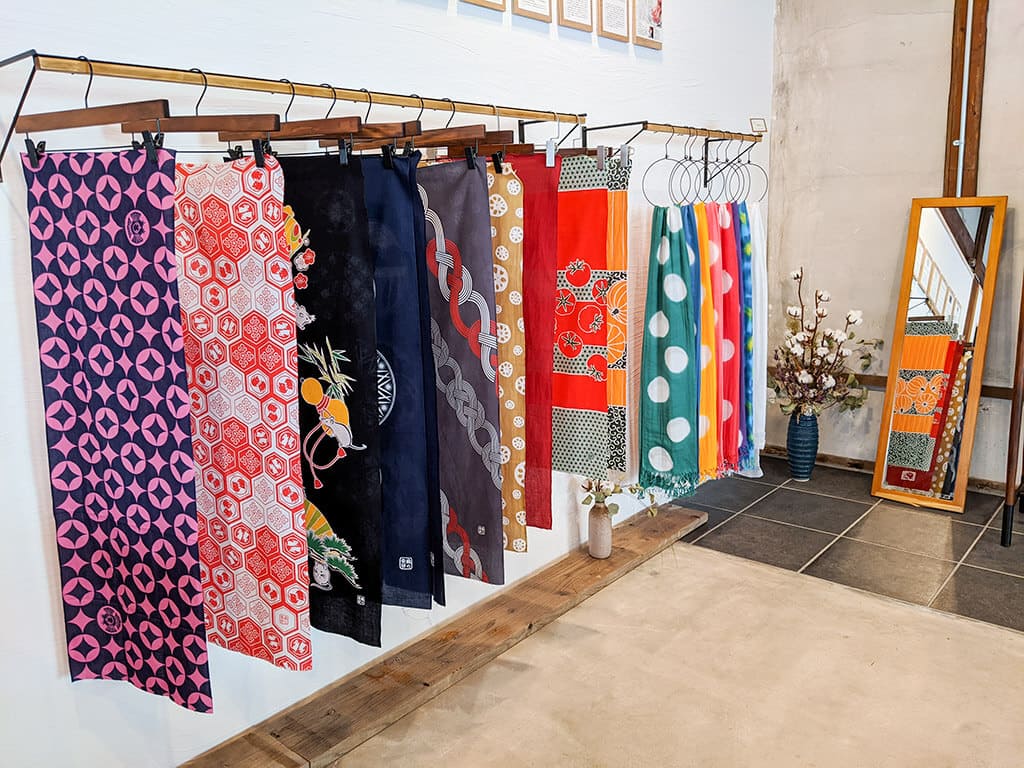
Chita Cotton 478 is based in the old Nakashichi Momen Factory, the first cotton factory in Chita.
The history of this shop dates back to a cotton fabric wholesaler named Hiroshi Takeuchi during the 1950’s. As a fabric wholesaler, he gained not only knowledge and experience about fabrics, but also about dyeing techniques through relationships with local fabric dyers of the area.
Nowadays, Chita Cotton 478 creates new cotton products with a combination of high-quality Chita Cotton fabric, local dyeing techniques, and a touch of modern Japanese design.
Chita Cotton 478 (知多木綿アンテナショップ)
Opening Hours: 10:00 – 16:00; closed Monday, Tuesday, and Wednesday
Address: Hirakido-28-1 Okada, Chita, Aichi 478-0021
Website (Japanese only) | Google Maps
Have a Drink of Craft Beer at the OKD Brewery
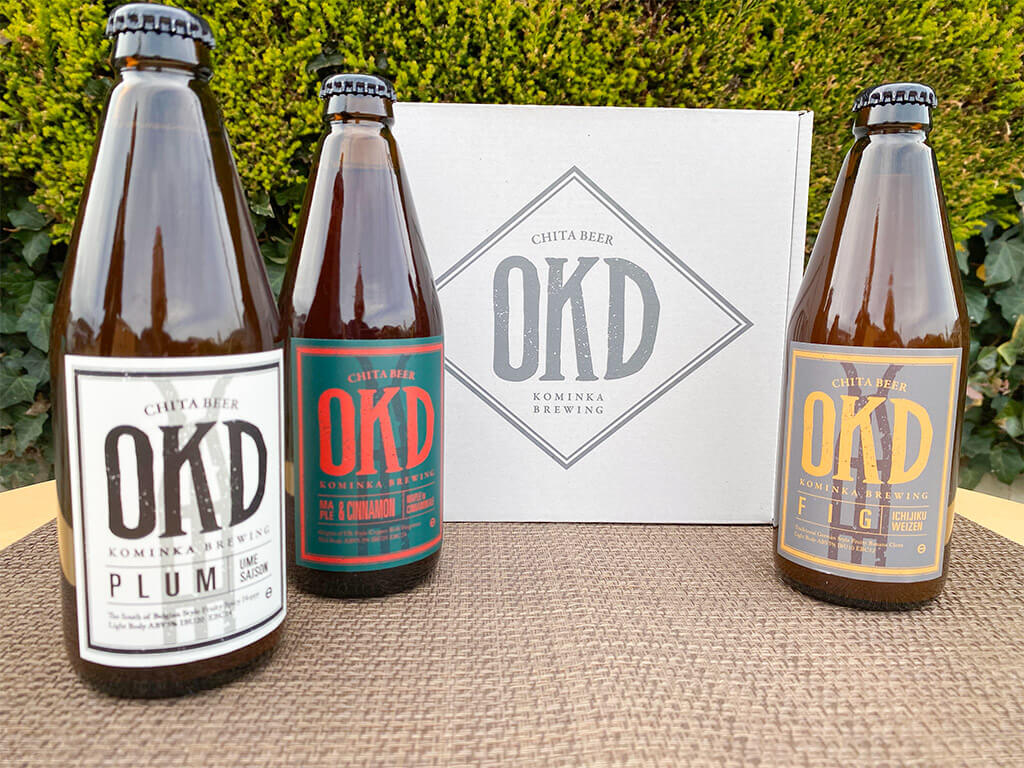
In Okada town, there are many private houses called Kominka that are a hundred years old (or more!). Many of them have been lovingly renovated to small restaurants or fancy vintage-style coffee shops.
One of these Kominka now houses OKD Kominka Brewing. This is a craft beer microbrewery is located in a 100+ year old Kominka in the traditional old-town of Okada. OKD serves delicious craft beer in some unique flavors.
The creativity using local fruit in the brewing process and their commitment to using only the best ingredients results in a rich and unique taste. OKD serves their beer in the Japanese restaurant, or you can buy it in their small shop, which also sells OKD branded items like bottle openers and t-shirts.
OKD KOMINKA BREWING
Opening Hours: 11:00 – 17:00; closed Monday and Wednesday
Address: Nakatani 4, Okada, Chita, Aichi 478-0021
Website (Japanese only) | Google Maps
Sunbathing and Beach Fun at Shinmaiko Blue Sun Beach
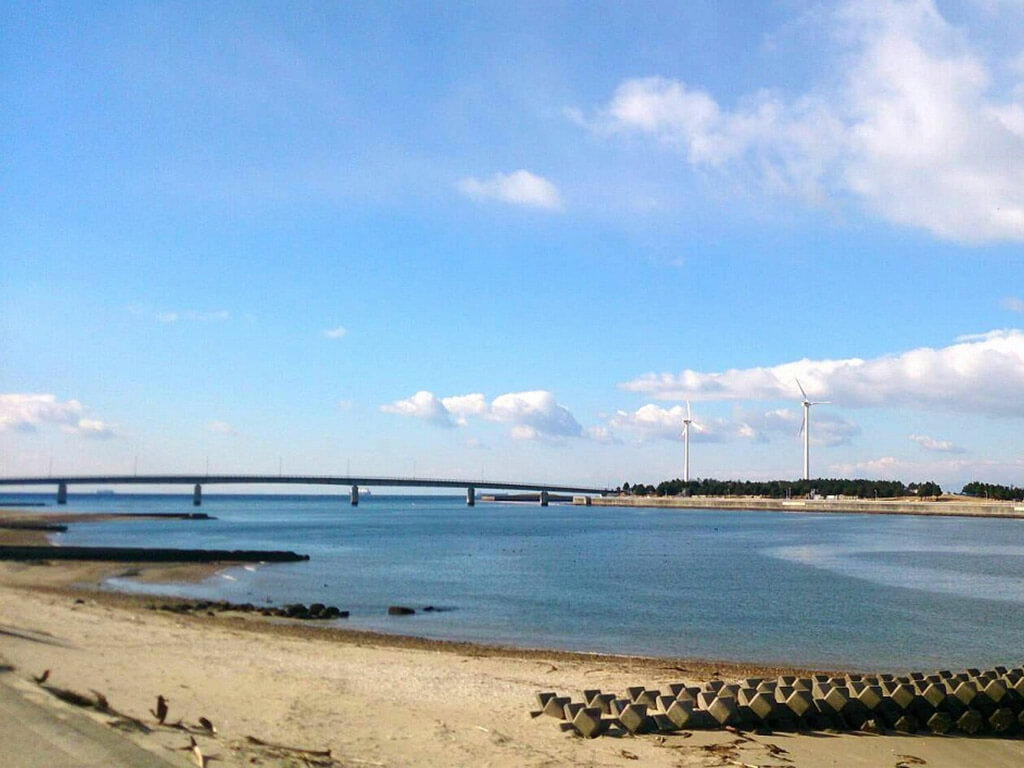
One of the most accessible beaches from Nagoya is Blue Sun Beach in Chita. Despite being originally created from landfills, it has recently become popular with young people and families, especially during the summer months.
The beach has changing rooms, showers, and toilets. You can, of course, enjoy swimming at Shinmaiko, but it is also a favorite spot for windsurfing! You can sometimes observe windsurfing competitions held here as well.
Outside the summer season, the beach is popular with walkers and joggers, and anglers trying to catch fish in the ocean.
Shinmaiko Marine Park Blue Sun Beach (新舞子マリンパークブルーサンビーチ)
Entry Fee: free
Opening Hours: open 24 hours
Address: 2 Hamacho, Midori, Chita, Aichi 478-0000
Website (Japanese only) | Google Maps
Celebrate the Start of Spring at the Sori Pond Plum Festival
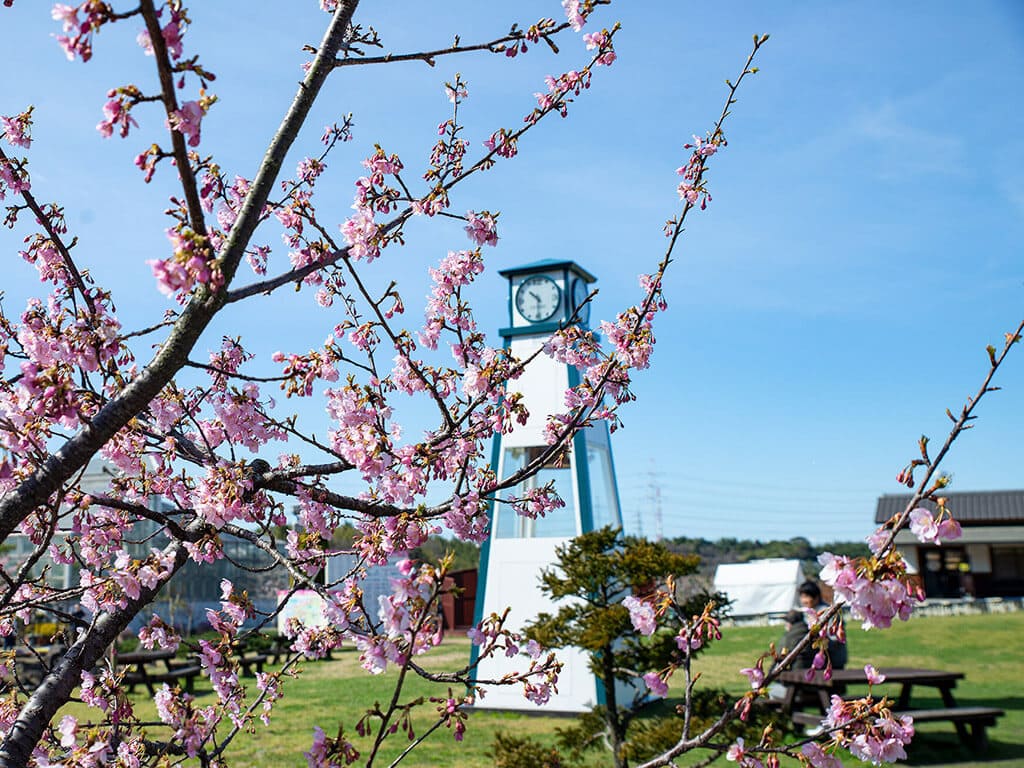
Before the famous cherry blossoms begin to bloom, the first sign of spring is actually the blooming of the plum trees. One of the best places to see them in Aichi Prefecture is at the Sori Pond in Chita city.
To celebrate the occasion, the Sori Pond Plum Festival is held for around one month from the middle of February to the middle of March.
The park houses around 25 different varieties of plum trees that are planted on the edge of Lake Sori. Different events such as Taiko drum performances, comedy shows, and workshops are also held during the festival period.
Sori Pond Plum Orchard (佐布里池 梅林)
Entry Fee: free
Opening Hours: open 24 hours
Address: 3-101 Souridai, Chita, Aichi 478-0018
Google Maps
A Bonfire of Daruma Dolls at the Daruma Festival
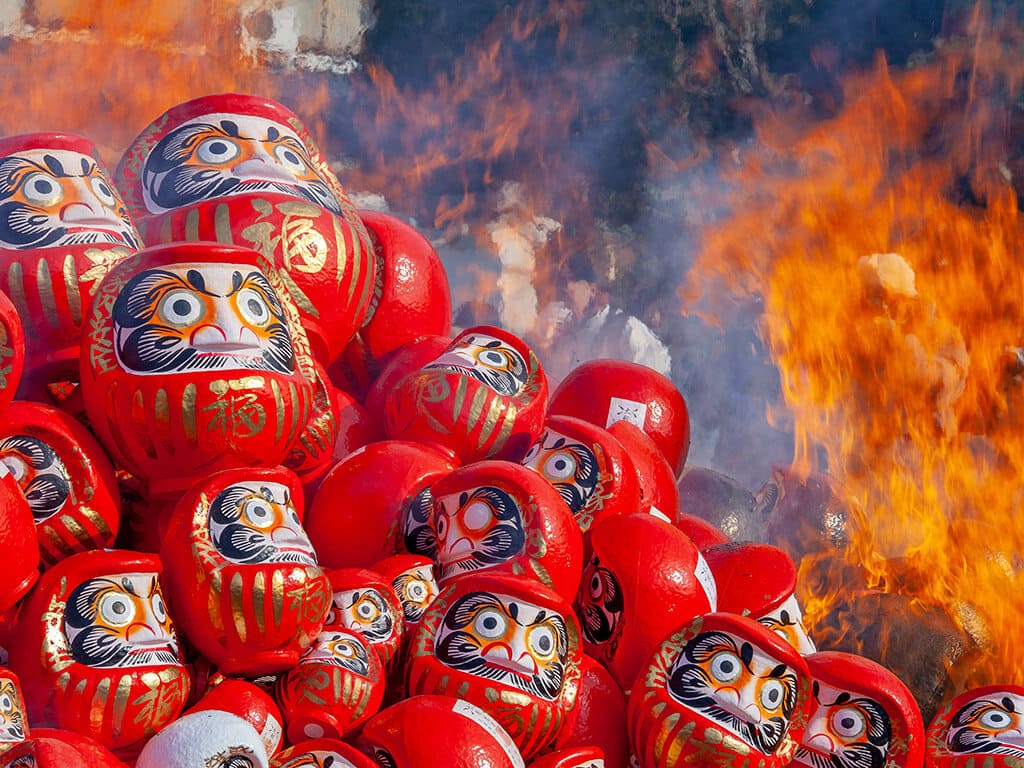
Daruma is an egg-shaped doll said to be fashioned after the image of Buddhist Monk Bodhidharma who is believed to have brought Zen Buddhism to Japan. The red objects come in many sizes and when bought are “blind,” without eyeballs painted on. A believer will paint one eye on the Daruma when trying to achieve an objective and thereby asking Daruma for help. Once the objective has been achieved, the second eye is painted on.
During the Daruma Festival, old Daruma used as a protection of local households in the previous year are collected in huge piles and burned to create gigantic bonfires.
The festival takes place each year on the second Monday in January to welcome the new year.
How to Get to Chita
Chita is located around 20 kilometers to the south of Nagoya.
From Nagoya Station, take the Meitetsu train bound for Central Japan International Airport to Asakura Station or other stations in Chita city depending on where you want to go. The one-way trip takes around 20 minutes and costs 570 yen.
Chita is on the way to Tokoname, another fascinating destination in Aichi Prefecture and the home of Central Japan International Airport. If you have the time how about spending some time in Tokoname as well?
Check out our post about Tokoname about things to do there, including fun and unique pottery experiences.
Did you enjoy this article?
Make sure to also check out our other posts about Nagoya and trust us if we say Nagoya is not boring!
Be sure to follow us on Facebook for new articles every week, and see our Instagram for pictures and stories about Nagoya!
Tag us 📲
If you have visited Chita before and you would like to share your experience on social media, tag us with #nagoyaisnotboring

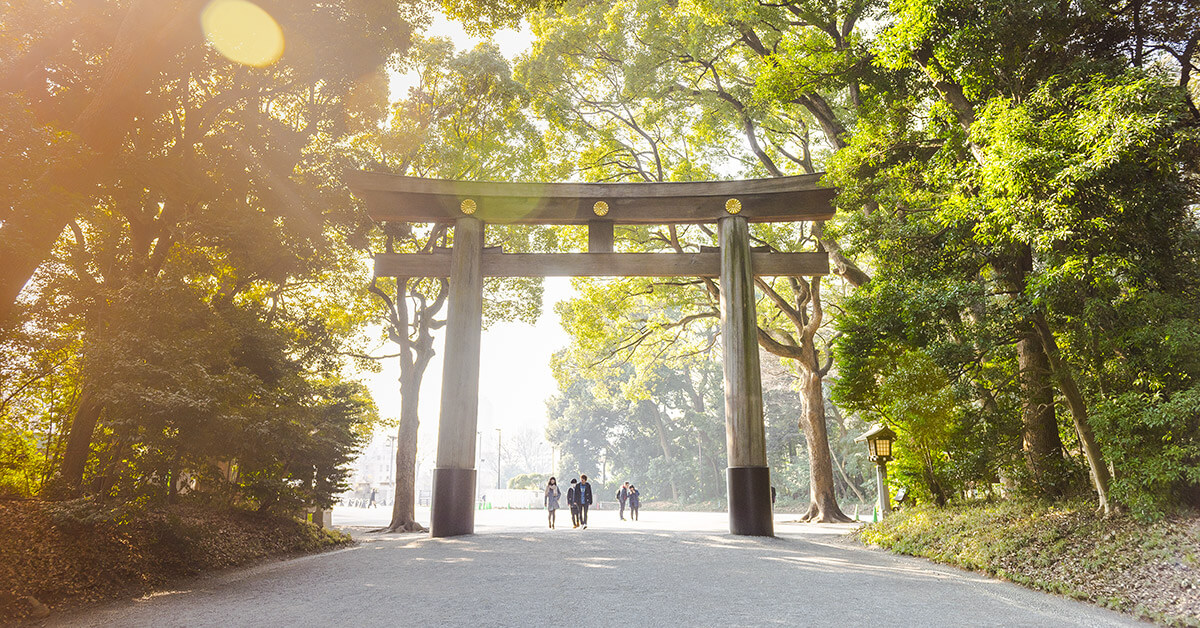
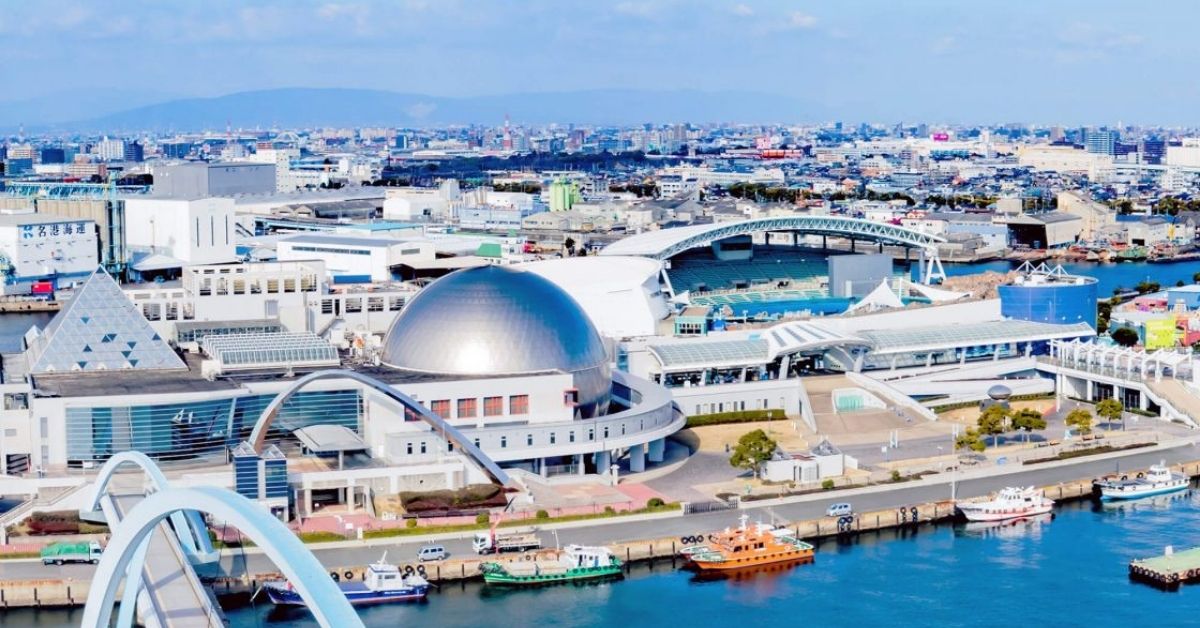

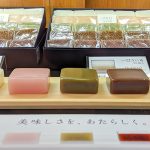
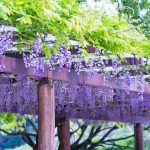
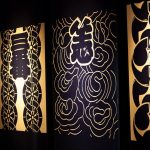
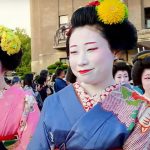

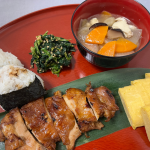
I love small artisan places like this. They feel a world away from the big cities but, like here, are often actually quite accessible by rail.
I’d like to try my hand at tatami making, and those OKD beer flavours sound wonderful. Must try to seek them out and try them!
Elly especially loves the OKD fig beer! And the brewery is really charming as is the rest of the Okada district.
I hope you will be able to visit someday.
this article is very useful, thank you for making a good article
Hi Zidane! Thanks for your comment. We’re glad to know you liked the article!